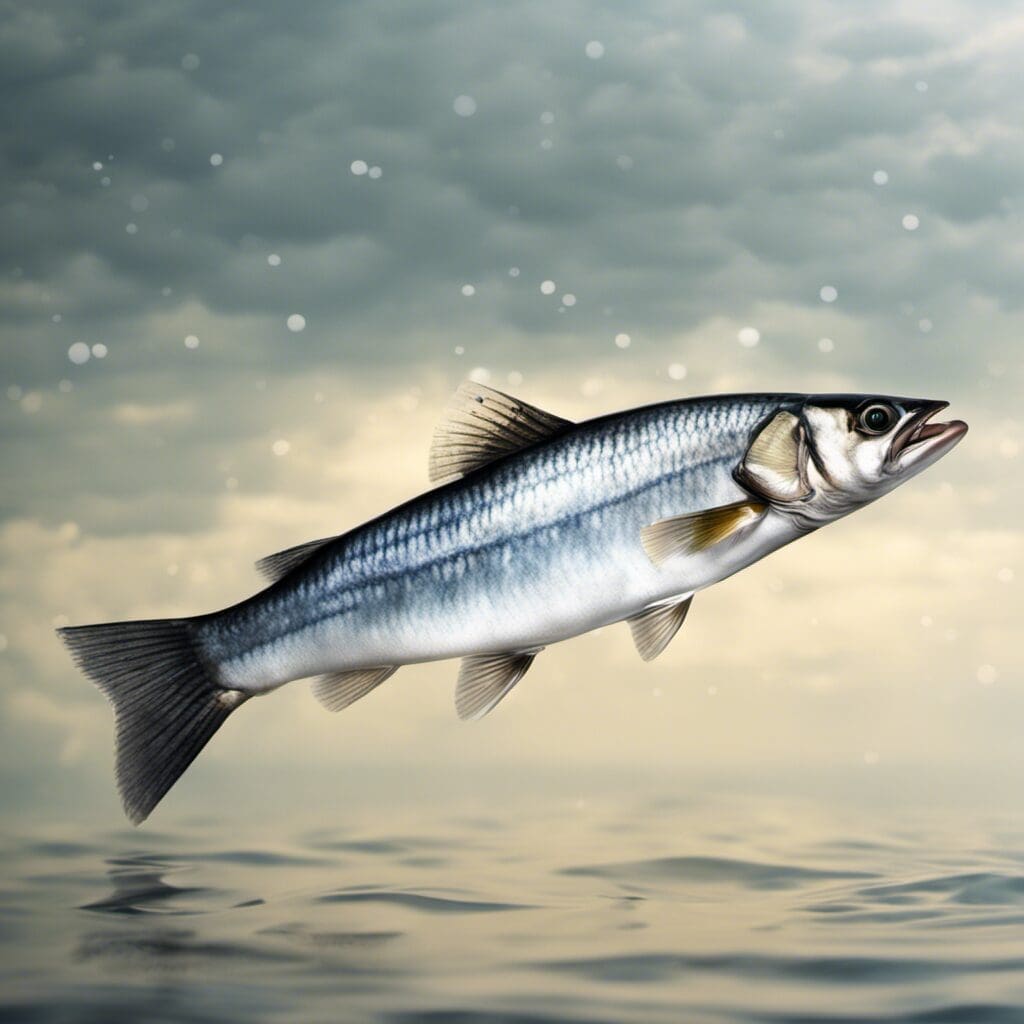Introduction
The Pacific Herring, known scientifically as Clupea pallasii, is a species in the Clupeidea family.
Conservation Status
The Pacific Herring is currently listed as of Least Concern on the conservation status scale by the International Union for Conservation of Nature. Conservation efforts focus heavily on maintaining stable population levels through sustainable fishing and habitat protection.
Statistics
| Stat | Average | Range |
|---|---|---|
| Length | 30cm | 20-40cm |
| Weight | 200g | 100-300g |
| Average Lifespan | 8 years | |
| Other stats |
Distribution
These fish are found in the North Pacific region, ranging from Japan through the Bering Sea to California. They migrate towards the shore to spawn, and migrate back into deeper waters after spawning.
Habitats
The Pacific Herring is a marine species that favours colder, coastal waters. Their depth range can be up to 200 meters, but in the Migratory season, they come up to the shallow coasts.
When and Where to See
The best time to see Pacific Herring is during the late Winter to Spring time when they migrate towards the shores for spawning.
Best Fishing Locations
Following is a list of top places to catch Pacific Herring:
- Prince William Sound, Alaska
- San Francisco Bay, California
- Puget Sound, Washington
- Oregon Coast, Oregon
- Sakhalin Island, Russia
How to Catch
Pacific Herrings are typically caught with nets because they naturally school together. But for recreational purposes, fishing with cut bait (small pieces of fish) or artificial lures work too. The best time to fish is during their migratory seasons – late Winter to Spring.
Identification Guide
Pacific Herring have a slender, streamlined body which is bluish-green on the top and silver on sides. They have a deeply forked tail and tiny scales.
Culinary
Pacific Herring are commonly smoked, salted, or pickled. They have a unique, somewhat sweet taste. High in Omega-3, they are nutrient-rich.
Additional Information
Herrings greatly influence their surrounding environment mainly through their major role as a prey species. Their main predators include sea birds, marine mammals, and larger fish. They are also a significant part of the commercial and recreational fishing industry.

